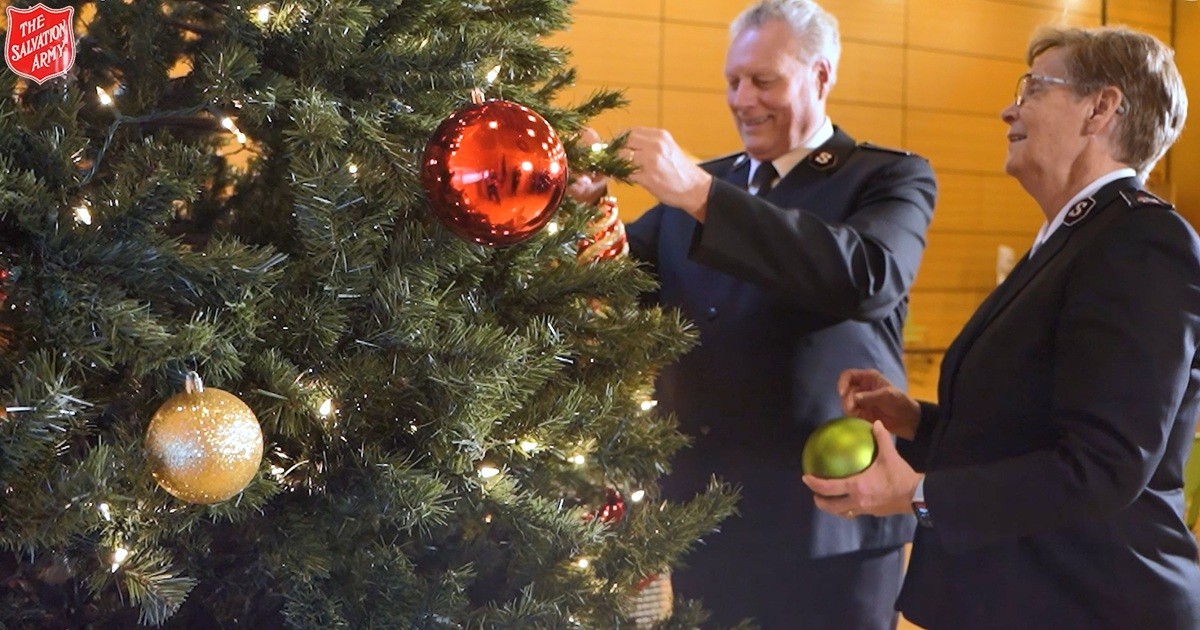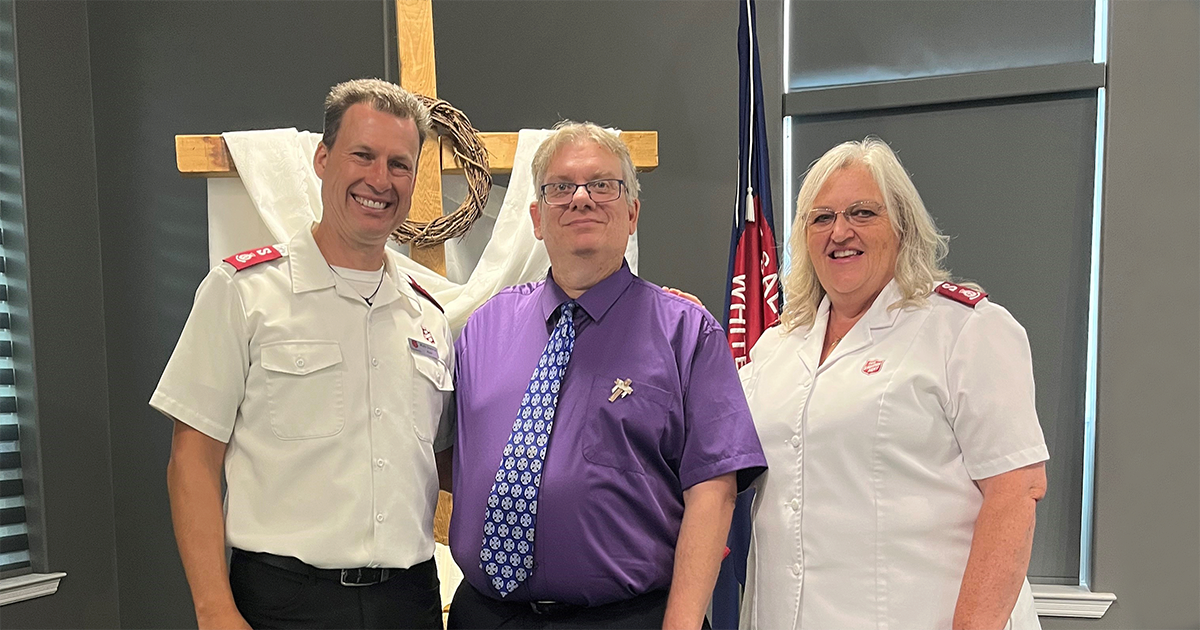I recently read an article that suggests churches in North America are heading toward a pre-Reformation era form of worship, in which professional musicians perform in an unfamiliar language and the people are listeners and spectators. While this may be an extreme example, we should be careful to guard against a move in this direction.
Since the Reformation, the vibrant worship that has developed in the Protestant tradition is based on people singing together, in their native language, raising one voice in praise to their creator God. There is beauty in mixing our shared experiences in a hymn of praise, as we put ourselves aside to worship. It is especially important to us as Salvationists, since a lot of our “liturgy” is centred in our music. Protecting the congregation’s ability to express their love for God through singing should be a high priority for our worship leaders.
What can we do to encourage people to sing? Here are a few ideas.
1. Preparation
A lot should go into being prepared to lead God’s people in worship, but my focus here is music.
Key
Keep the key of the song in a comfortable range for the congregation, rather than a range that shows off your vocal talent. As a general rule, congregations sing most comfortably between A below middle C and fourth line D in the treble clef.
Rhythm
If people are struggling to fit all the words in, they will find it hard to enter into worship. Consider singing the song at a slower tempo until the congregation is comfortable with the new rhythm, or even altering the rhythm slightly—especially if you think it’s worth learning, but more challenging vocally.
Sound
When we are trying to get others to sing, we need to walk the tight rope of leading confidently, so that we draw people in, while not being so loud that people can’t hear themselves or others. We have to take care not to let a time of worship become a concert. Be sure to work with your sound team, or take the time yourself, to make sure the instruments (both acoustic and plugged in) and vocals are balanced properly.
Knowing the song
Nothing is more difficult than trying to worship when the worship leaders don’t know the song, the arrangement or the parts and harmonies they are supposed to be singing. Remember—this is your service to God in leading his people. Coming prepared properly is the least you can do. Knowing the song also applies to knowing the congregation as well. If your congregation doesn’t know the song, you may need to bring out the melody while reducing the other harmonies until they are comfortable.
2. Punctuation
When I refer to punctuation, I am highlighting the things that complement our congregational songs.
What do we say?
It’s important to prepare what to say during a worship service when we are not singing. The time between songs can either leave people feeling flat and distracted from worship or it can be a continuation of worship. This might mean writing out what you plan to say and rehearsing—maybe even recording yourself so you have something to review or show others for feedback.
Scripture
Use Scripture. I can’t emphasize this enough. As leaders, we need to be modeling Scripture reading vigorously. Use the truth, challenge and comfort that Scripture provides as you lead the congregation. This gives you a chance to get out of the way and let the Word of God speak for itself.
Harmonies
In The Salvation Army, we are good at adding harmony as we are singing, reflecting the diversity of creation. I remember times as a child when the band, piano or worship team would stop singing, and the sanctuary would be filled with beautiful music as the congregation lifted their voices, singing different parts, but one song. This has been a distinctive for us. We need to safeguard this tradition and use it where we are able.
3. Participation
If the congregation is not participating, then the service has become a performance, like the pre-Reformation worship discussed earlier. There are a few additional things to think about when we are discussing participation in worship.
Is the congregation singing?
This might be stating the obvious, but we need to be aware if people are singing or not, and if they aren’t, be open to feedback about why this is the case. Some of the factors in the previous section might help.
When a worship leader stands in front of the congregation and has their eyes closed the whole time, it makes their job harder. Part of leading worship is reading the congregation’s response to what is happening. Posture can tell you a lot about how people are feeling, but also about how they are entering into worship. I know you can’t “judge a book by its cover.” I’m most comfortable standing with my arms folded across my chest, but there are still many ways that looking at your congregation can help you lead.
Are you taking part?
Maybe you lead every week, but if you don’t, how are you entering into worship when you are away from the platform? Do you take part in other acts of worship, such as fellowship, Bible study or other parts of the service? Congregations see their worship leaders when they are leading and when they are not. What you do is noticed by those you lead. Authenticity is an integral part of worship leading, and it needs to be evident not only when you are in front of the congregation.
Leading God’s people in singing his praises is such a privilege. Especially in The Salvation Army, where we sing our liturgy, we need to safeguard that time. Scripture calls us to give glory, honour and praise to God with our voices over and over again. Let’s work with our congregations to continue this anthem of praise that has rung out around the world for generations.
Simon Gough is a specialist–new media, youth and worship arts, in the music and gospel arts department at territorial headquarters.
Feature photo: © middelveld/iStock.com










Comment
On Sunday, July 30, 2017, Roy Isherwood said:
On Wednesday, July 19, 2017, David Whibley said:
On Wednesday, July 19, 2017, val blanksby said:
On Tuesday, July 18, 2017, Dave Mercer said:
Leave a Comment